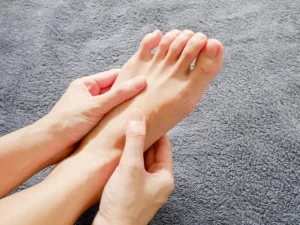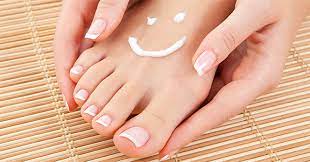
Pregnancy can cause a number of changes in the body, including changes in the feet. Some common foot-related issues that may arise during pregnancy include:
- Swelling: Many pregnant women experience swelling in the feet and ankles due to increased fluid retention and changes in blood flow. To help alleviate swelling, it is important to stay hydrated, elevate the feet whenever possible, and avoid prolonged periods of sitting or standing.
- Flat feet: During pregnancy, the increased weight and pressure on the feet can cause the arches to flatten, leading to discomfort and pain. Wearing supportive shoes and using arch supports or custom orthotics can help alleviate this issue.
- Plantar fasciitis: Pregnancy-related weight gain and changes in gait can also increase the risk of developing plantar fasciitis, a condition that causes pain and inflammation in the heel and arch of the foot. Gentle stretching and massage, as well as proper footwear and orthotic support, can help alleviate symptoms.
- Ingrown toenails: Hormonal changes during pregnancy can cause nails to grow faster and become more brittle, increasing the risk of ingrown toenails. Proper nail care, including regular trimming and avoiding tight or narrow shoes, can help prevent this issue.
- Cramping: Some pregnant women experience cramping in the feet and legs, particularly at night. Stretching, massage, and staying well-hydrated can help alleviate these symptoms.
It is important for pregnant women to maintain good foot health and seek medical attention if they experience persistent or severe foot pain or swelling. Wearing comfortable, supportive footwear and practicing good foot hygiene can help prevent many foot-related issues during pregnancy.









